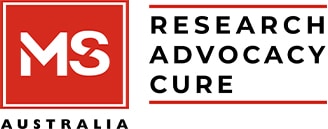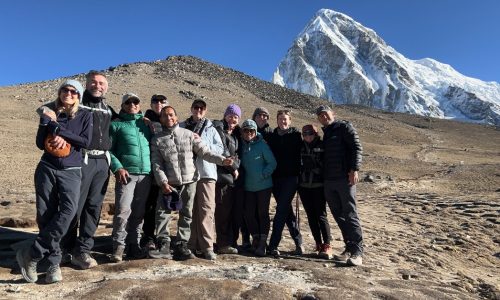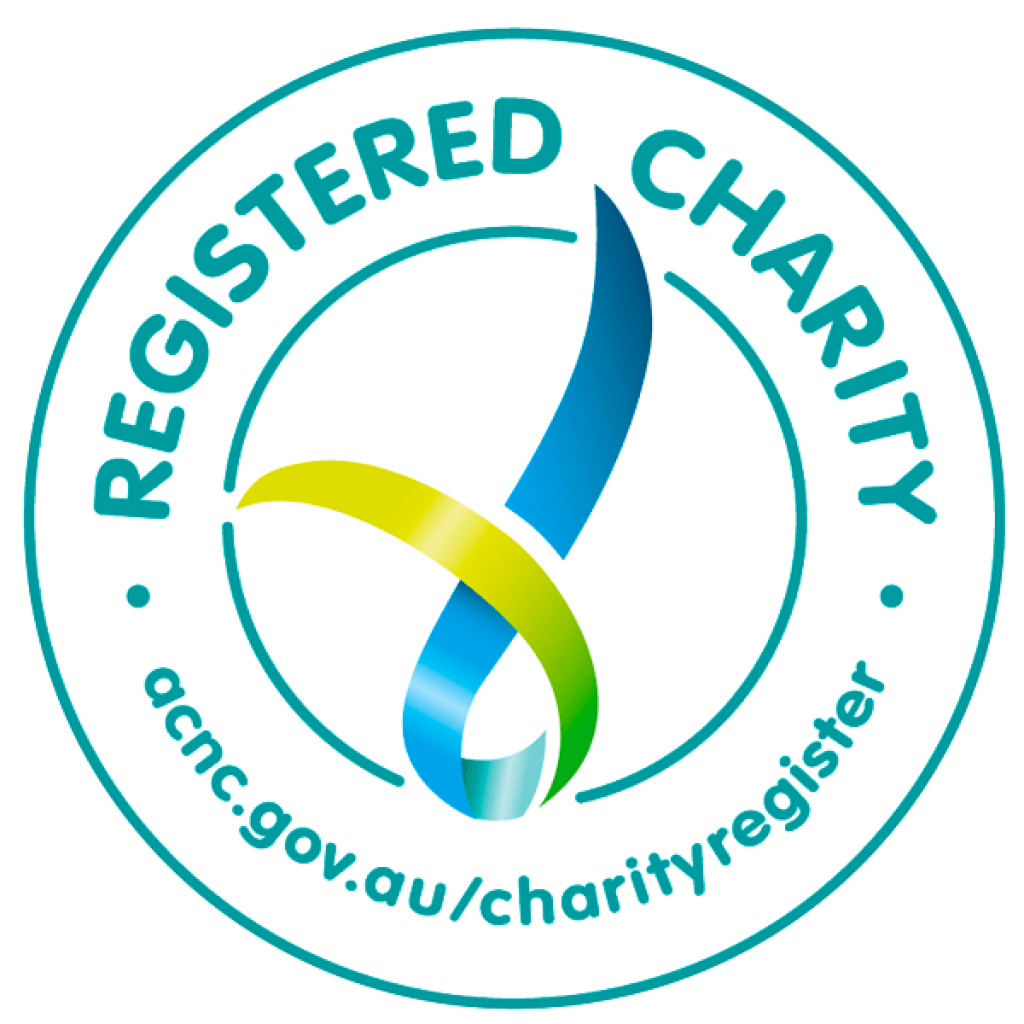I was diagnosed with MS in February 2006 at the age of 18, living in Townsville, North Queensland. In July 2005, I had woken up one morning with incredible vertigo and nausea while I was holidaying with my family in the UK during my mid-year university break. The feeling persisted for a few days and I consulted a local GP who diagnosed me with vestibular neuronitis. He provided me with medication to alleviate the vertigo and I recovered enough to catch my flight home to Australia. Over the next few weeks, my symptoms improved a little, then morphed into dizziness as opposed to vertigo, and then gradually plateaued*.
Discovering MS
Over the next eight months, my parents and I visited GPs and physiotherapists, and I was eventually referred to an Ear, Nose, and Throat specialist. I tried various medications and physical dizziness treatments and had blood tests and a CT scan, but none of the treatments helped, and nothing showed up on any of the tests. I was then referred to a neurologist who reviewed my symptoms and requested an MRI. At the subsequent appointment, the neurologist showed me my scans and pointed out wispy blobs on my brain that looked like cotton wool—he told me they were MS plaques. He explained my probable diagnosis, what MS was, and that I would need a lumbar puncture to confirm the diagnosis. He mentioned three available medications (all injectables, not a cure, just to slow disease progression) and that I needed to go into hospital as soon as possible for a five-day course of strong steroids to control my active disease.
Beginning treatment
The neurologist was very understanding and kind, but it was a huge amount of information to receive in a short time, and I left the appointment feeling stunned and very alone. Within four days, I was in hospital on a steroid drip, and then the lumbar puncture confirmed my diagnosis. I knew almost nothing about MS at the time — only that a family friend had it and that I had raised money for the Readathon when I was in primary school — but I knew very little about the symptoms or mechanics of the disease.
After my diagnosis, my medical team and I reviewed my medical history and identified that my first recognisable MS attack was actually optic neuritis in 2002 when I was 15. I had also had subsequent relapses over the following years (peripheral numbness and double vision), but due to the relapsing-remitting nature of my condition, the symptoms resolved after a short period and did not trigger further investigation.
The daily impact of MS
In the months leading up to my diagnosis and for the few years afterward, my symptoms and condition impacted every aspect of my life. I was halfway through my first year at university when I became unwell. I went from the independence of having just passed my driving test, studying in the field I was passionate about, having a casual job, and spending time with a growing group of friends, to everything contracting into a single point containing my MS, my symptoms, and my medication.
I couldn’t sit through a whole lecture because I was so dizzy, I couldn’t drive, I couldn’t work, I couldn’t walk for long periods, let alone play sports. I couldn’t go shopping or to the movies, and I could only visit friends for very short periods until the dizziness became too much. I still lived at home with my parents, and there was no prospect of moving out with my symptoms as they were.
Learning to live with MS symptoms
But piece by piece, I had small wins—I did intensive balance therapy and learned to live with my symptoms. I continued my studies and gradually went back to attending social events, back to driving, moved into a share house with uni friends, resumed travelling for short periods and then longer trips, and the world opened up to me one day at a time.
I finished my degree, got a full-time job, and married my wonderful husband. It took me years to get to where I am now, but these days, I lead what I consider a mostly normal life. Along the way, I lost connections that meant a great deal to me, but many of my oldest friendships have been strengthened, and in the MS community I have met some of the most amazing people I’ve ever had the privilege of knowing.
Finding support
At the time of my diagnosis, there was no information available on how to approach the condition as a young person. Living in a regional area with a smaller MS community, there was no peer support from anyone my age. I relied on my family and close friends for support and my medical team for information as I navigated my condition.
One of the best pieces of advice I got was from my GP at the time, who suggested that because I was so young, I should be very careful with all information I found (especially online) and judge its usefulness before taking it on board. I’m still glad of that advice to this day because, back in 2006, much of the information available was about disease progression statistics, and it didn’t make for uplifting reading. I can’t emphasize enough how important it is to have a medical and allied health team around you that you trust and who understand your goals and needs. There is now a core group of around 10 different health providers in my corner who enable me to live the life I do, and I’m choosy about who joins and stays in that group.
Continuity of care
I’m also a firm believer in continuity of care, because with a condition as complex as MS, your core team needs to travel with you through both good times and bad and have all the relevant knowledge about you to make informed decisions quickly.
I don’t think the diagnosis process could have run any differently for me given my symptoms, age, location, and the technology and MS knowledge available to practitioners at the time. However, as I moved forward in my journey and came to understand and accept what my version of MS looked like, I strongly felt that more could be done so that young people felt supported and could see that there was a life to be lived after diagnosis.
Forming community
I first met a Townsville-based MS Queensland staff member at a neurology appointment in around 2013, and we got chatting about support (or lack thereof) for young people living with MS. She provided me with information about new local resources to manage my condition and talked to me about peer support and how it was facilitated. She encouraged me to pursue my interest in building a community for young people, and with the support of MS Queensland, I co-founded the Young People Living Positively With MS support group in Townsville in 2014. After a couple of years, we identified an additional gap in support and broadened the group to include people living with MS who are engaged in the workforce. We’ll celebrate our 10th birthday this year, with over 40 people in the region having been associated with the group over its lifetime.
* Vestibular testing at the start of this year using the latest technologies available has suggested that my dizziness symptoms are not caused by MS but by another condition that developed after my initial illness in the UK. Given that new information, it’s probable that my MS was discovered by accident during investigations into my symptoms – demonstrating how complex the diagnosis journey can be and how the evolution of medical knowledge is informing those processes.
After I completed all balance-related therapies that were available 18 years ago, and when the symptoms were considered MS-related, there were no further options open to me. Now armed with updated information, my medical team and I are unpacking recently-developed dizziness treatments that may help my symptoms, and I’m embarking on yet another chapter in my MS story.









